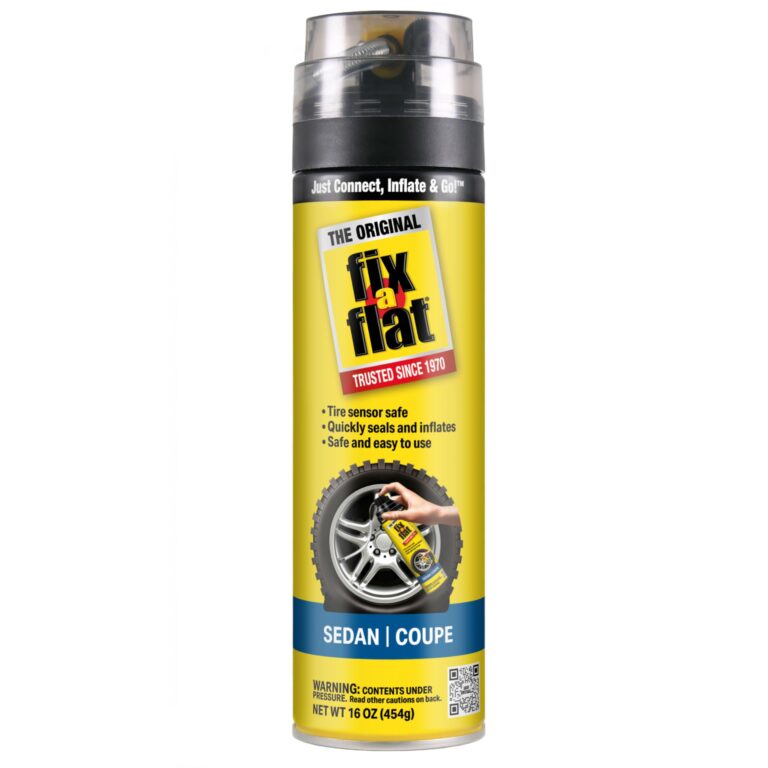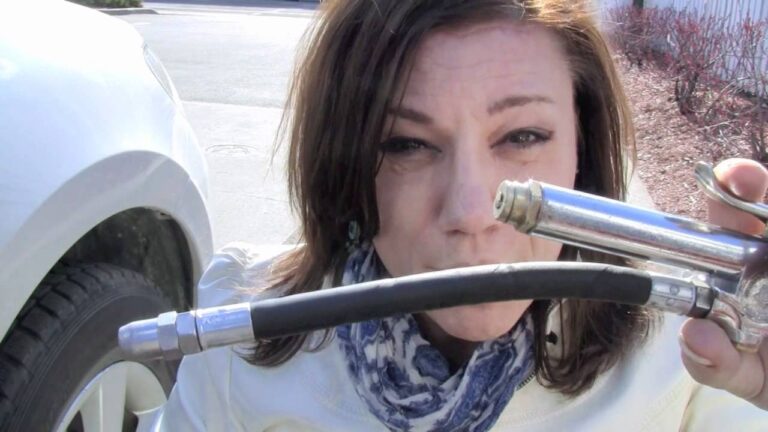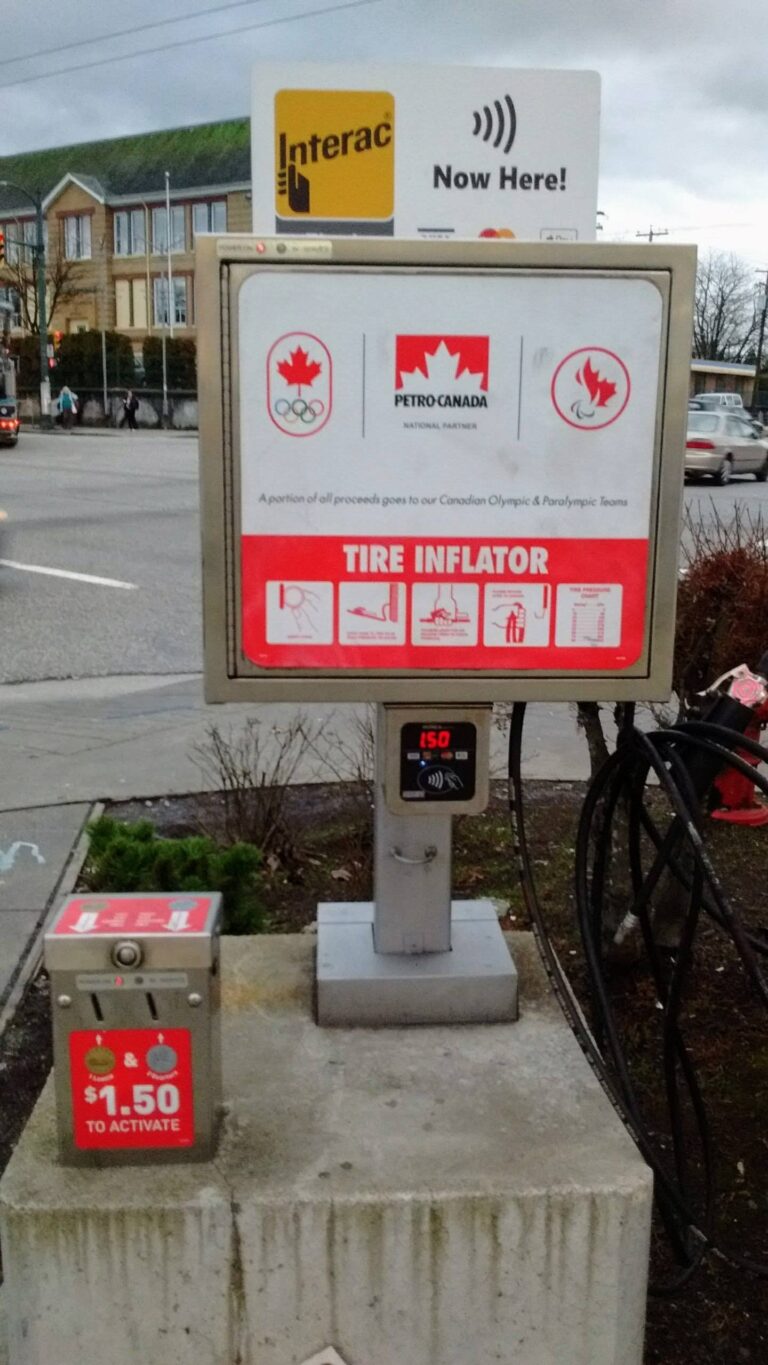How To Inflate A Bike Tire With A Presta Valve
Flat tire? It’s happened to us all. Knowing how to quickly and efficiently inflate your bike tire, especially one with a Presta valve, is a crucial cycling skill. This guide will teach you precisely how to fill bike tire Presta valves, covering everything from identifying the valve type to troubleshooting common problems. By the end, you’ll be able to fix a flat tire with confidence and get back on the road in minutes.
Identifying Your Valve Type
Before you even think about inflation, you need to know what type of valve you’re dealing with. This section will help you identify your valve and understand its unique characteristics for proper inflation. Understanding the difference between Presta and Schrader valves is the first step to successful tire inflation.
Presta Valves
- Presta valves, also known as French valves, are slimmer and require a specific type of pump or adapter. They are commonly found on high-performance bicycles.
- Presta valves have a small, threaded cap that needs to be unscrewed before inflation. This cap protects the valve core and prevents accidental deflation.
- The inner mechanism of the Presta valve is more delicate compared to Schrader valves and requires a gentler touch during inflation. Too much force can damage the valve.
Schrader Valves
- Schrader valves, commonly found on car tires, are thicker and easier to inflate. These are typically used on less expensive bicycles.
- Schrader valves do not require unscrewing any caps; the inflation process is typically simpler and quicker.
- Most standard air pumps will fit Schrader valves without requiring additional adapters or attachments.
How to Fill Bike Tire Presta Valve
This section provides step-by-step instructions on how to properly inflate your bike tire with a Presta valve. We’ll cover the process from beginning to end, ensuring you get a perfectly inflated tire every time. Mastering this technique is essential for safe and efficient cycling.
Step-by-Step Inflation
- Unscrew the Presta valve cap and set it aside in a safe place to prevent loss.
- Push the Presta valve’s small pin down to open the valve core. This is usually done by firmly pressing the center of the valve with a pump head, or, more gently, by pressing in a pin located in most pump heads.
- Connect your pump securely to the Presta valve. Ensure a tight connection to avoid leakage.
- Begin pumping air into the tire. Monitor the pressure gauge on your pump, if available, to avoid overinflation.
- Once the tire is inflated to the recommended pressure (usually printed on the tire sidewall), release the pump and screw the cap back onto the Presta valve.
Choosing the Right Pump
- High-volume pumps are ideal for quickly inflating tires. These pumps are perfect for quickly topping off tires or quickly getting to the desired PSI.
- High-pressure pumps are suitable for reaching higher PSI, which might be necessary for road bikes or high-performance tires. These pumps are made for achieving very high pressure.
- A floor pump offers better control and accuracy compared to a hand pump, making it easier to achieve the correct tire pressure. Many cyclists prefer floor pumps for their convenience and reliability.
Troubleshooting Common Issues
This section will address common problems encountered when filling bike tires with Presta valves, providing practical solutions and preventative measures. Avoiding common mistakes is key to a successful and quick repair of your flat tire.
Valve Core Issues
- If air is leaking around the valve, the valve core might be damaged or not fully seated. In this case, replacing the valve core might be necessary. Many local bicycle shops can assist with this.
- A leaky valve core can result in the tire losing air quickly. This requires checking the valve core thoroughly.
- If the valve core is stuck, try gently pushing it down with a small tool while pumping the tire. However, be careful not to apply excessive force.
Pump Compatibility
- Ensure your pump is compatible with Presta valves. If you have a pump that only works with Schrader valves, you will need a Presta-to-Schrader adapter. These adapters are inexpensive and widely available at most bike shops.
- Using the wrong type of pump can lead to frustration and potential valve damage. Avoid using any tool that is too large for the Presta valve.
- If your pump isn’t sealing properly to the valve, make sure that the pump head is correctly aligned and securely applied to the valve before inflation.
Incorrect Tire Pressure
Overinflating or underinflating your tires can lead to poor handling, increased risk of punctures, or discomfort. Always refer to the recommended tire pressure printed on the sidewall of your tire. A properly inflated tire will provide optimal comfort and performance.
Maintaining Your Presta Valve
Proper maintenance of your Presta valves can significantly extend their lifespan and prevent premature failure. Regular cleaning and lubrication is recommended for optimal functionality. This section will cover these simple yet effective maintenance tips.
Cleaning the Valve
- Regularly clean the valve stem and surrounding area to remove any dirt or debris that could obstruct proper sealing or damage the valve.
- Use a damp cloth to wipe away any dirt or grime, and ensure the valve is completely dry before use.
- Make sure to remove dirt, as it can impede proper sealing or cause damage to the valve.
Lubricating the Valve
- Periodically lubricate the valve core with a small amount of bicycle-specific lubricant to prevent sticking and ensure smooth operation.
- Apply a small amount of grease, using a toothpick or similar tool. Do not use excessive lubrication; a small amount is sufficient.
- Regular lubrication will reduce friction and prevent potential wear.
Debunking Common Myths
Myth 1: Presta valves are difficult to use.
While initially they might seem more complicated than Schrader valves, with a little practice, inflating a Presta valve becomes quick and easy. The difficulty often comes from using an inappropriate pump.
Myth 2: Presta valves are more prone to failure.
Presta valves are not inherently more prone to failure than Schrader valves. Proper maintenance and careful handling are equally important for both types of valves. Proper inflation and handling is key to both types of valves.
Myth 3: Presta valves are only for high-end bikes.
While common on high-end bikes, Presta valves are used on a wide range of bicycles, and are not limited to a specific bike type. The choice of valve type often depends on personal preference or the tire manufacturer’s choice.
FAQ
What is the recommended tire pressure for my bike?
The recommended tire pressure is usually printed on the sidewall of your tire. It will vary depending on the tire size, terrain, and rider weight.
What should I do if my Presta valve is leaking?
If your Presta valve is leaking, check the valve core for damage. If it’s damaged, you may need to replace it. Also, make sure the valve is properly sealed to the rim.
How do I know if my tire is properly inflated?
You can use a tire pressure gauge to measure the pressure. The desired pressure will be printed on the tire’s sidewall. A properly inflated tire will maintain its shape and feel firm, not soft or squishy.
Can I use any pump with a Presta valve?
Not all pumps are compatible. Some pumps are designed for Schrader valves only. You might need an adapter if your pump is only designed for Schrader valves. Floor pumps have improved adaptability, though.
What happens if I overinflate my tire?
Overinflation can lead to a bumpy ride, increased risk of punctures, and tire failure. It can also compromise your tire’s handling characteristics, making it hard to maintain control.
What if I underinflate my tire?
Underinflation can result in a less comfortable ride, increased rolling resistance (meaning it’s harder to pedal), and a higher chance of pinch flats (punctures caused by the tire being pinched between the rim and an obstacle). Your tires will feel softer and lose structural integrity.
My Presta valve won’t open. What do I do?
Try to carefully loosen the valve core using a small, sharp tool. If it’s still stuck, try using a small amount of lubricant or seek help from a local bike shop.
Final Thoughts
Mastering the art of filling a bike tire with a Presta valve is a vital skill for every cyclist. From identifying your valve type to understanding the nuances of inflation and troubleshooting common issues, this guide has equipped you with the knowledge and tools to maintain your tires efficiently. Remember to always refer to your tire’s sidewall for the recommended pressure and don’t hesitate to seek help from a local bike shop if you are unsure about any step of the process. Regular maintenance of your valves and tires ensures a safe, smooth, and enjoyable ride.




